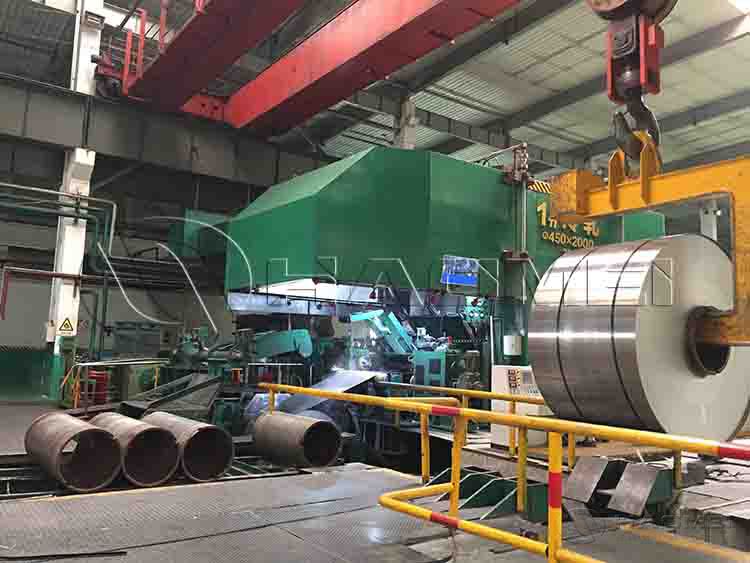In terms of current production, aluminum electrolytic capacitors occupy the second place among capacitors. This type of capacitor was originally a general DC capacitor, but now it has developed from DC to AC. In short, the development of aluminum electrolytic capacitors is getting wider and wider.
In terms of materials, the homemade capacitor aluminum foil is very particular about its composition and structure. It is no longer required to be high purity. For example, for anode foil, its purity is required to be appropriately high. In order to improve the number of initial corrosion points, mechanical strength and the performance of the dielectric oxide film, the aluminum foil should contain certain impurities appropriately.

In terms of technology, in addition to the mechanization and automation of production, the progress of aluminum electrolytic capacitors in technology is mainly in the two processes of corrosion and empowerment. The corrosion coefficient of aluminum foil is not only very high (low-voltage capacitor foil has reached 100, and high-voltage has reached 30), but also can be corroded into aluminum foil with different pit morphologies according to the performance requirements of the capacitor.
8011 and 1100 aluminum foil jumbo rolls with H22/H18 temper are often used for the flexible duct. After embossing or coating, the gray or gold aluminum foil is compounded with phenolic board or polyurethane board, generally double-sided compound, and the finished product specifications are 20mm thick, 1200mm wide, and 4000mm long.
Compared with traditional composite ducts, phenolic aluminum foil ducts have the following advantages:
1. Super strong surface hardness. It can effectively resist collision and impact. The impact resistance is comparable to that of iron ducts, and exceeds that of inorganic fiberglass ducts, avoiding damage caused by cross-construction.
2. It is on-flammable, smokeless, and non-toxic, which is the best fire-proof smoke exhaust type duct.
3. Good insulation can greatly reduce the heat loss of air conditioners.The thermal conductivity of phenolic composite ducts is 0.016~0.036W/(m·k), while the thermal conductivity of galvanized steel ducts and FRP ducts is much higher.
4. It has strong weather resistance, which is suitable for outdoor air ducts, and can withstand long-term wind, sun and rain. Galvanized steel plates are more likely to rust in a humid environment, and fiberglass is easy to age and damage.
Original Source: https://www.alumfoils.com/a/aluminum-foil-for-capacitor-and-flexible-duct.html

没有评论:
发表评论